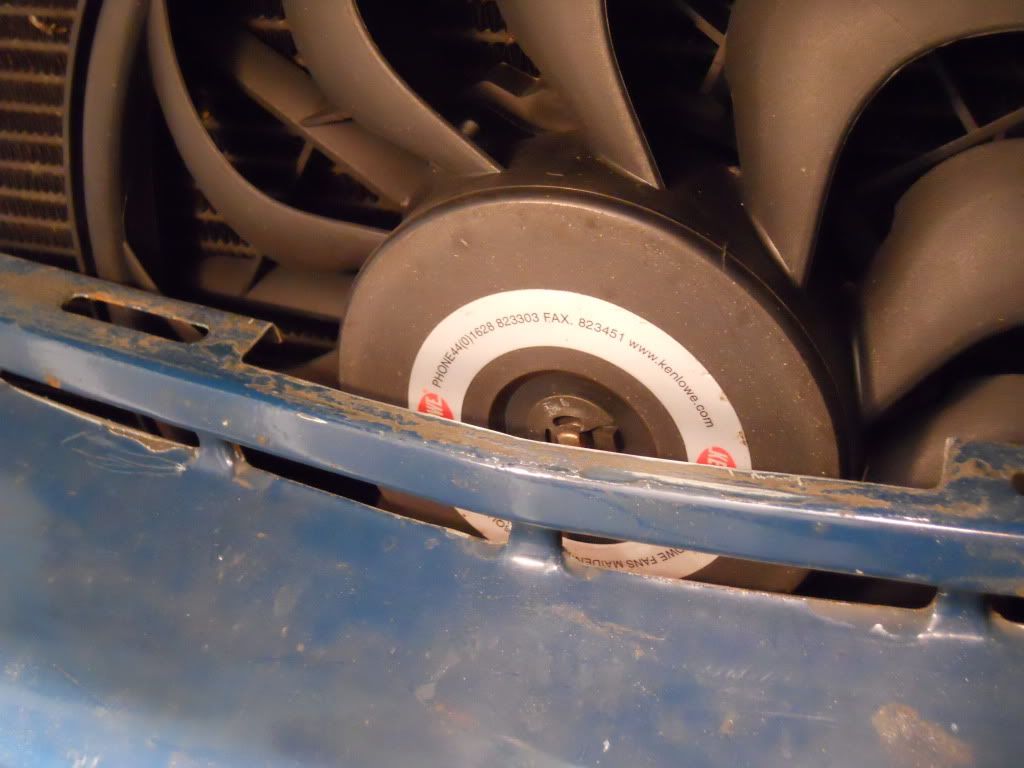mrtask
Well-Known Member
Reading in another thread about what colour the fan should be, I took a closer look at my engine. Rather than a metal fan with riveted metal blades, my V8 wears a plastic fan with curled edge blades. It would appear to be too flexible, having in fact chewed the tips off the blades against the underside of the fan shrouding, and against the inside of the radiator matrix. Great! A hole in my recently refurbished rad. Happy happy joy joy. Is/was this plastic fan a factory fitment or an aftermarket item fitted by a previous owner?
I have a spare rad, but don't want to fit it before I sort out a fan! I'm thinking electric fan in front of the rad and no more engine driven fan. Who here has succesfully fitted an electric set-up in front of their V8 rad? What fits, what is the recommended bit of kit and from which supplier?
I think the engine is twisting too much under heavy acceleration, and the fan against the rad must have been the nasty metallic zipping sound I heard a couple of times. Looks like the driver side engine mount has failed. New less than three thousand miles ago, like the rad core. Given that I've already sacrificed quite a lot of comfort by stiffening the base unit and uprating the coil springs, I reckon I could live with a bit more vibration from the engine. Are there firmer engine mounts available?
If I fit electric fans and do without the engine driven fan, can I take the nose off the water pump and shorten it a bit?
I have a spare rad, but don't want to fit it before I sort out a fan! I'm thinking electric fan in front of the rad and no more engine driven fan. Who here has succesfully fitted an electric set-up in front of their V8 rad? What fits, what is the recommended bit of kit and from which supplier?
I think the engine is twisting too much under heavy acceleration, and the fan against the rad must have been the nasty metallic zipping sound I heard a couple of times. Looks like the driver side engine mount has failed. New less than three thousand miles ago, like the rad core. Given that I've already sacrificed quite a lot of comfort by stiffening the base unit and uprating the coil springs, I reckon I could live with a bit more vibration from the engine. Are there firmer engine mounts available?
If I fit electric fans and do without the engine driven fan, can I take the nose off the water pump and shorten it a bit?



